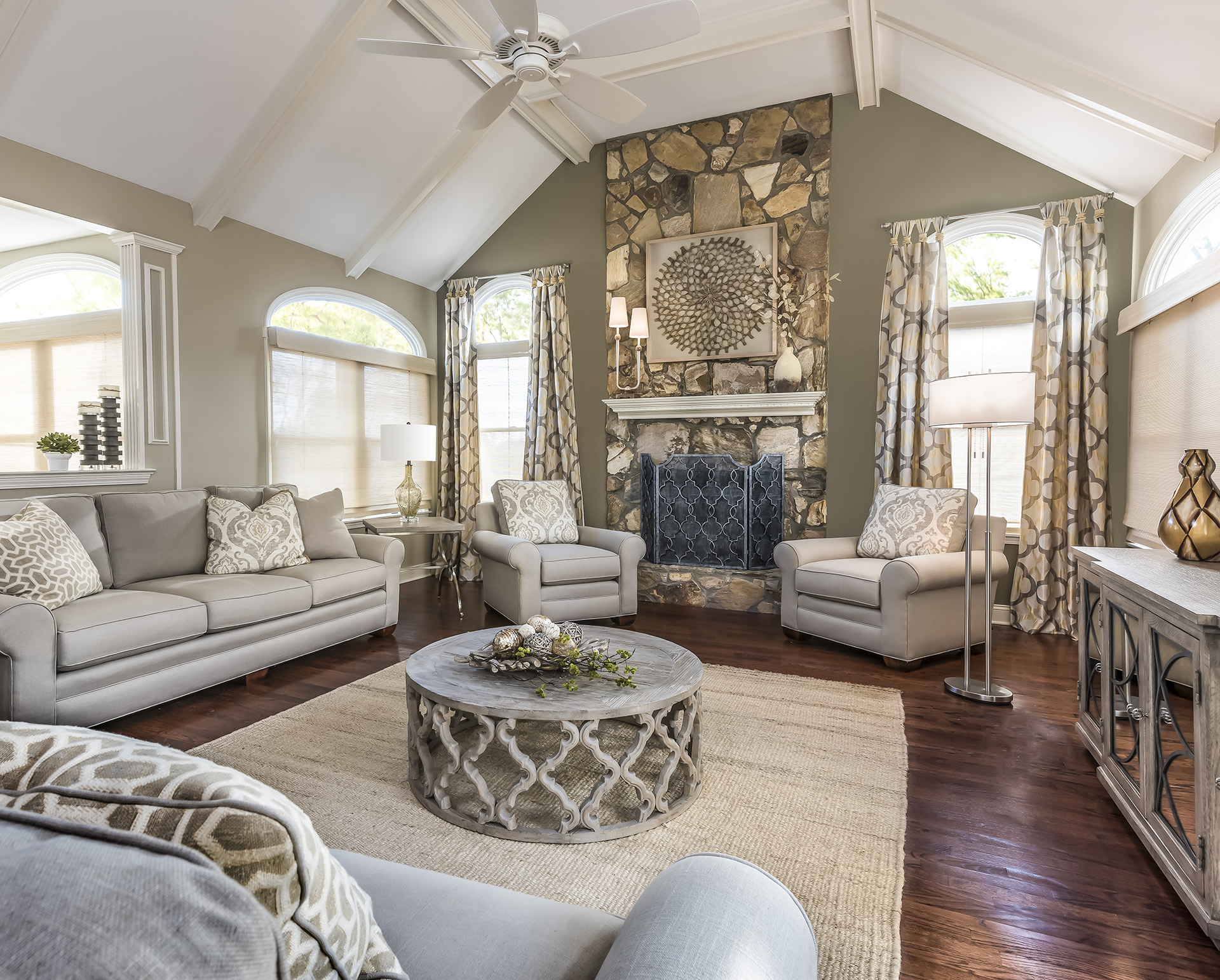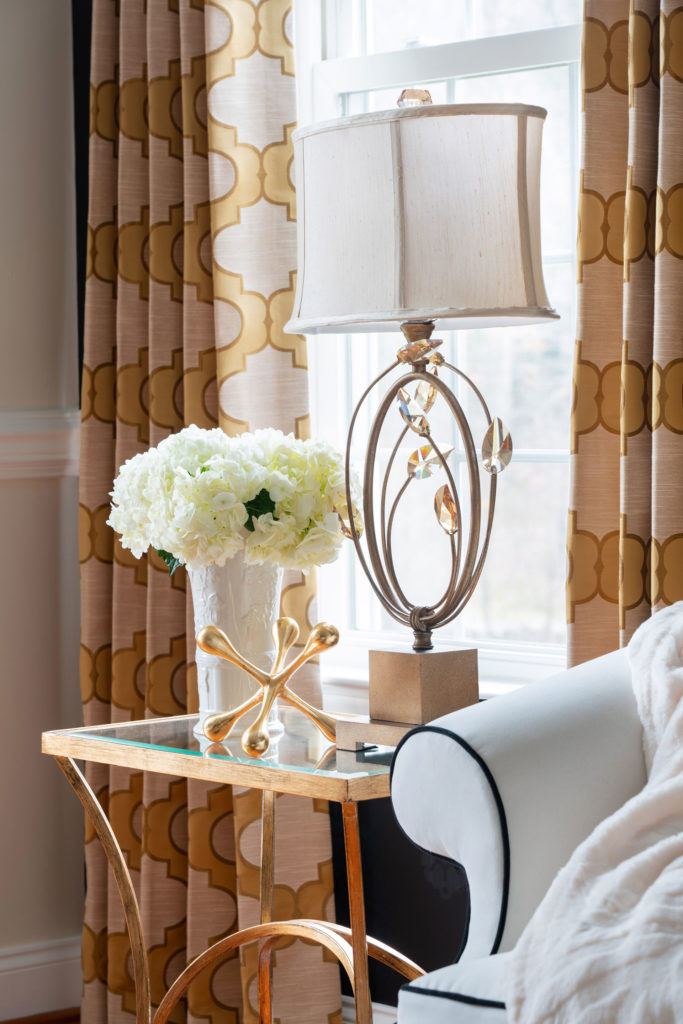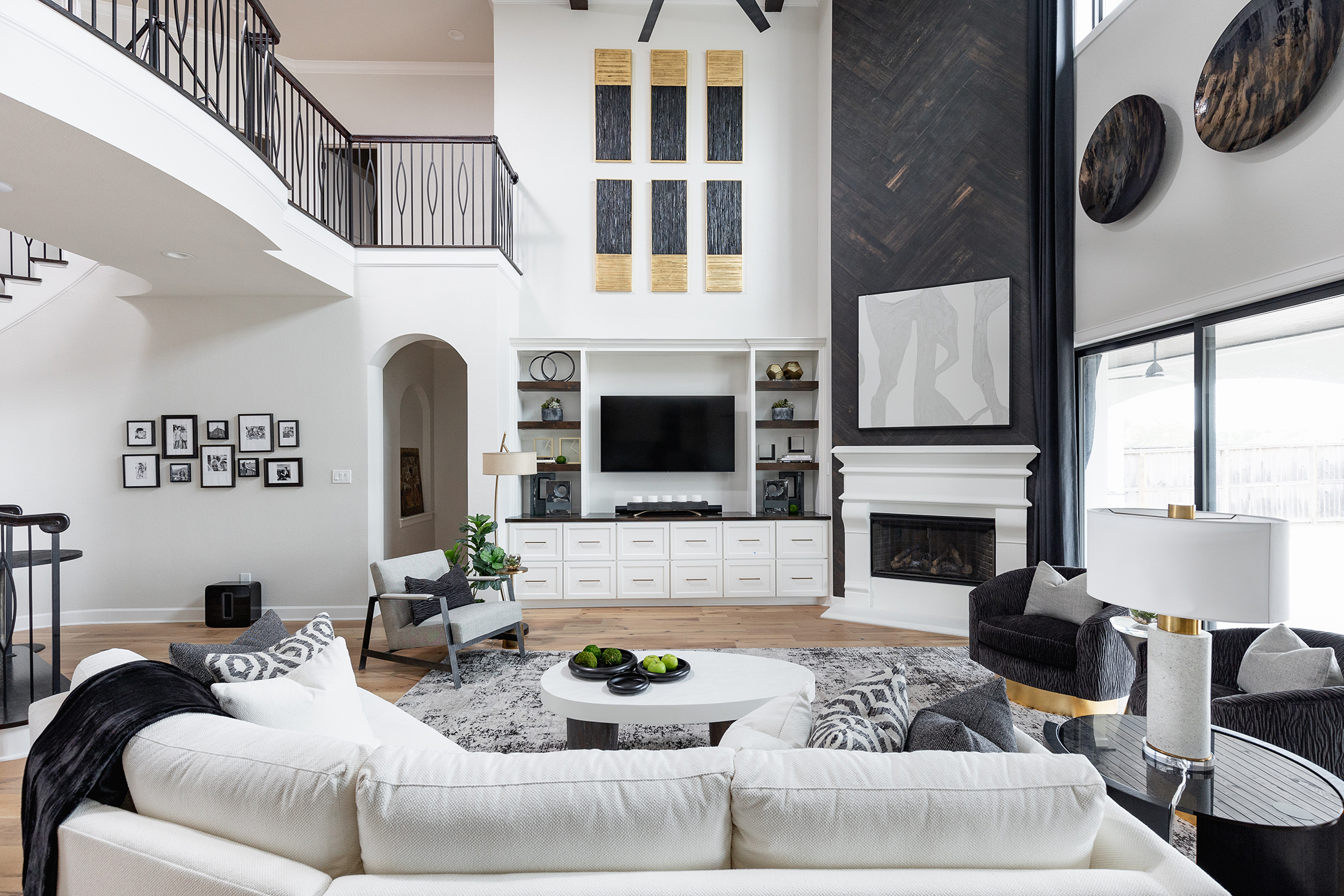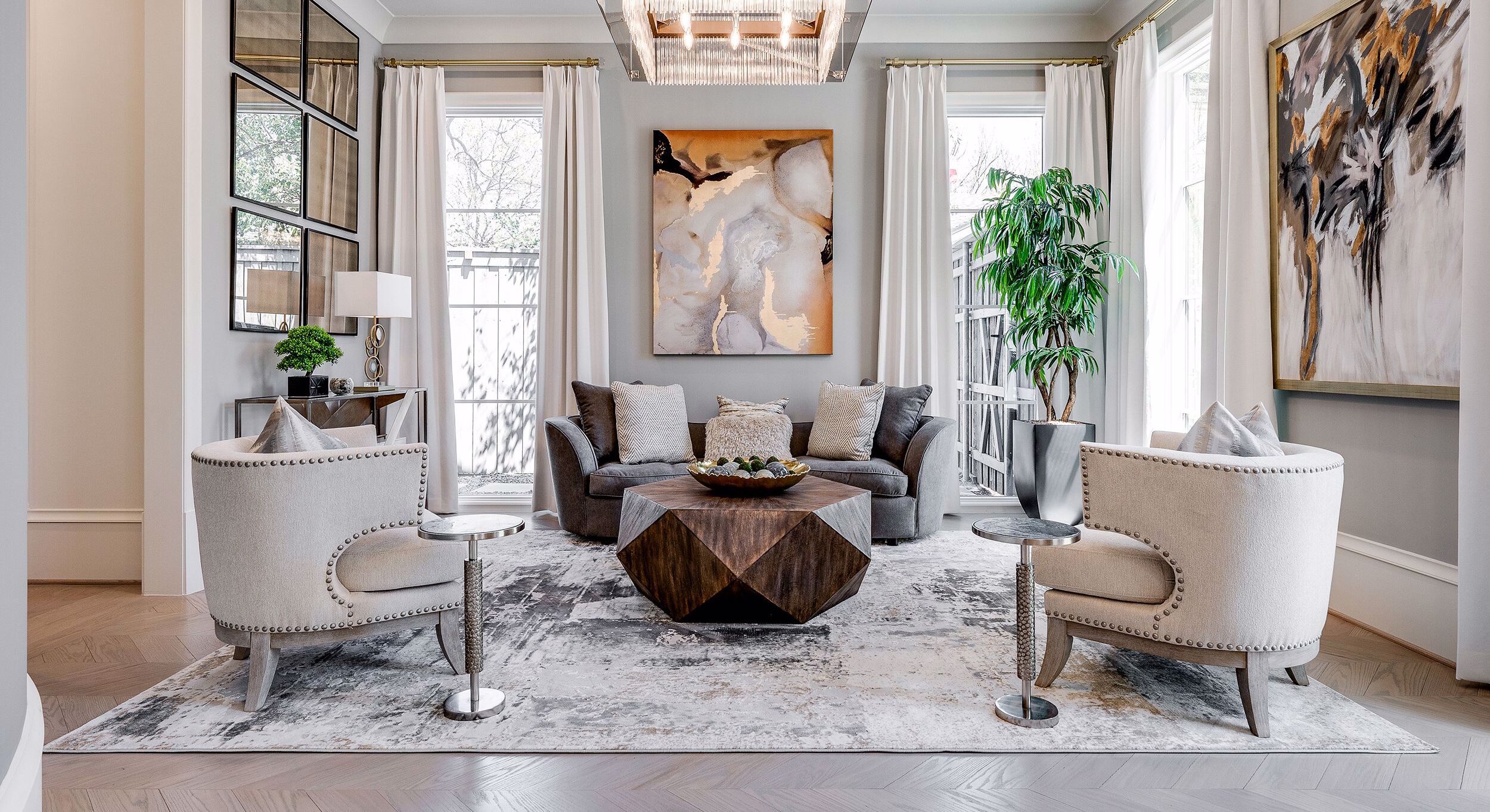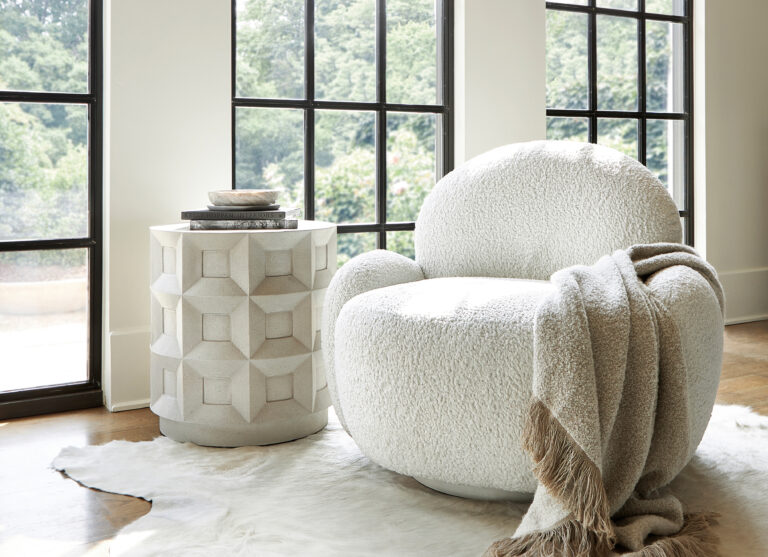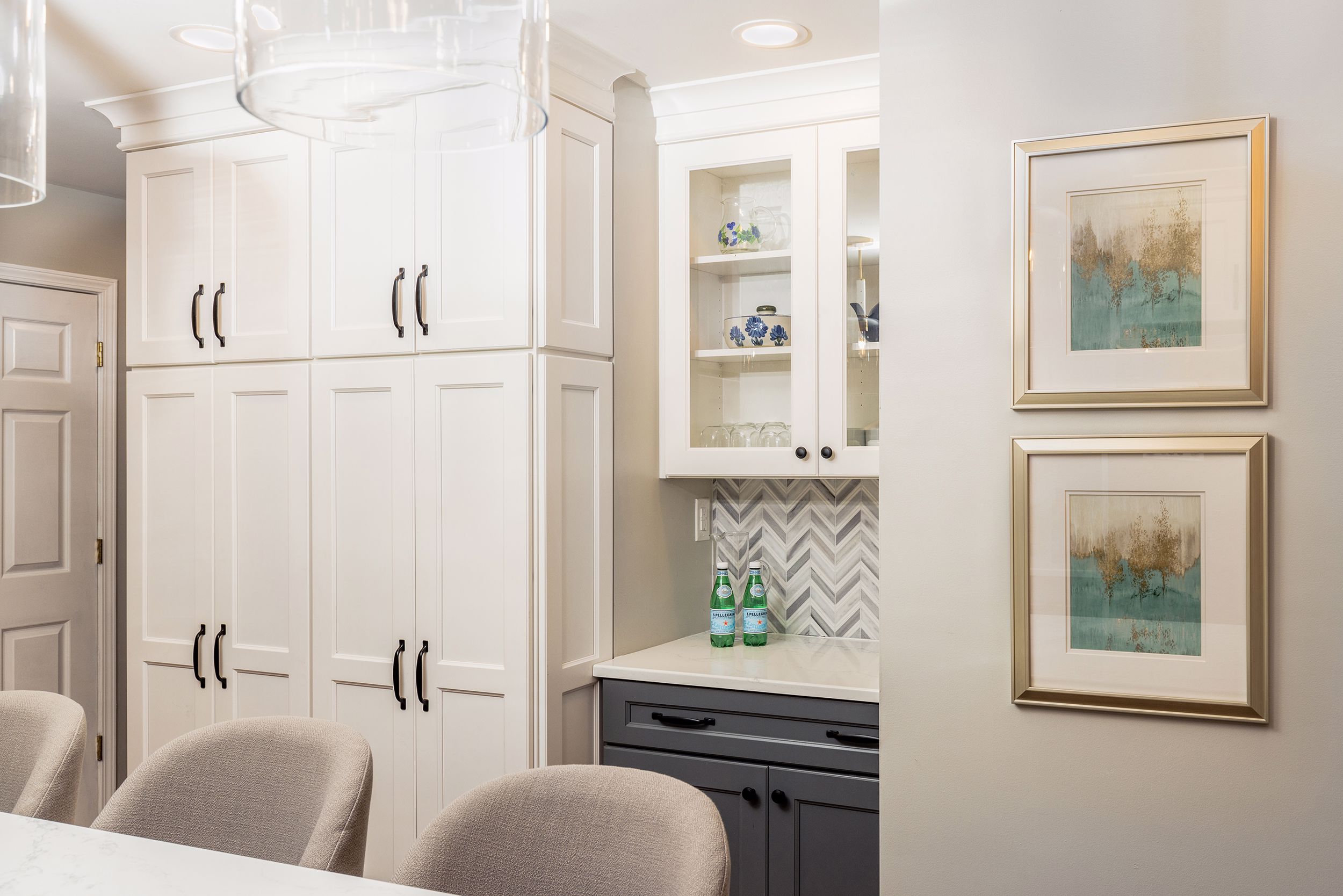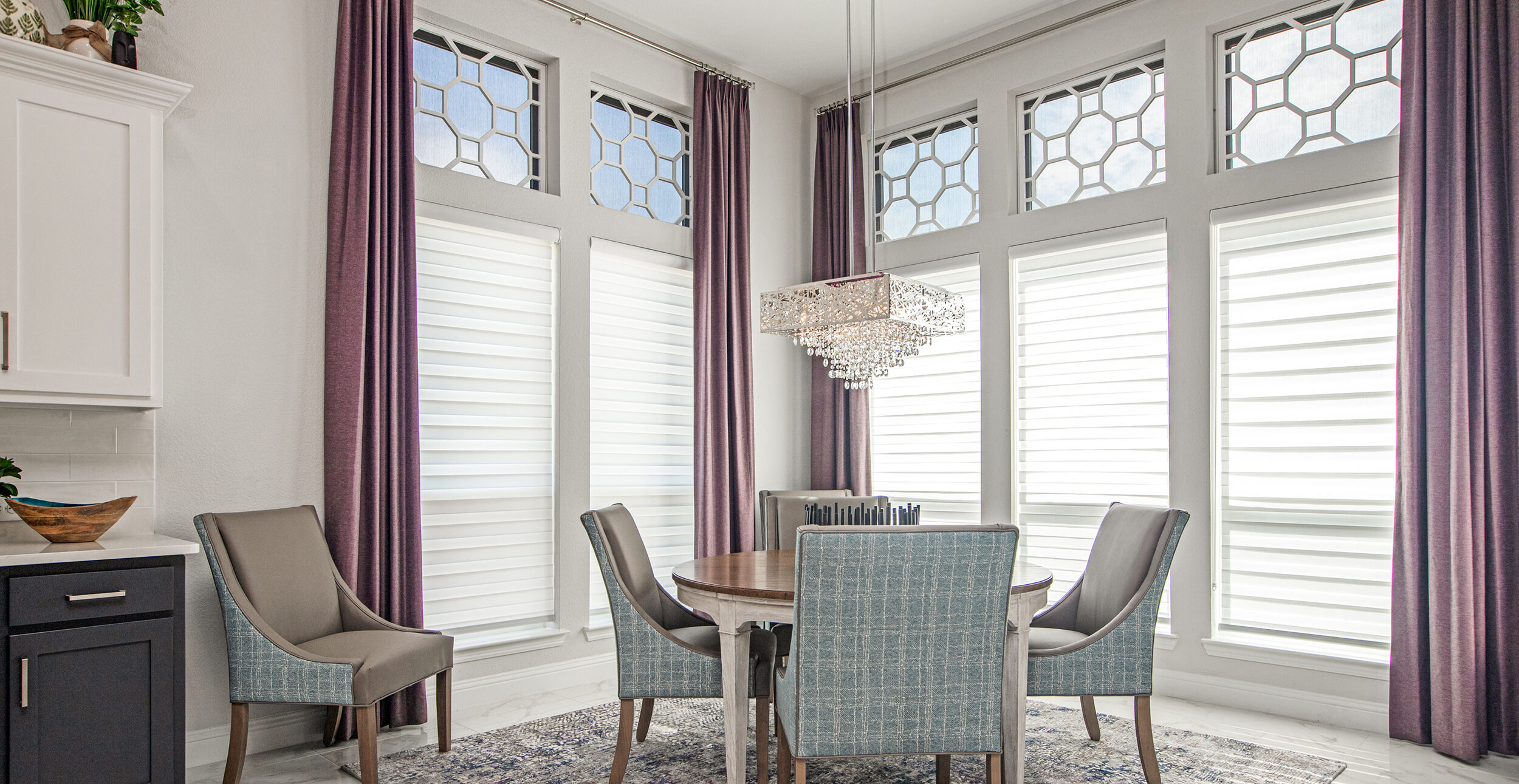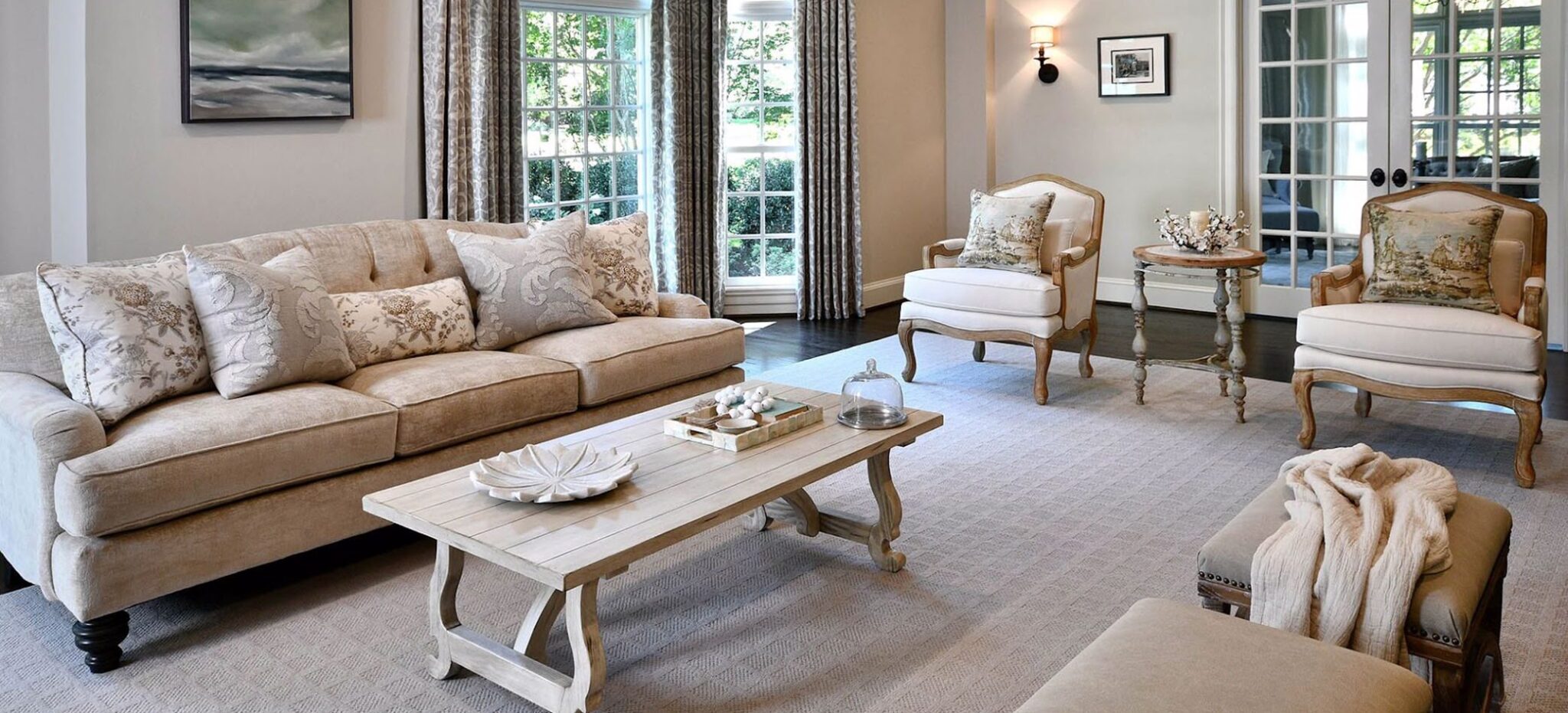The beautiful rhythmic arabesque pattern is not only ornamental, it is distinctly unique. Why? Because it host two different sets of patterns at the same time.
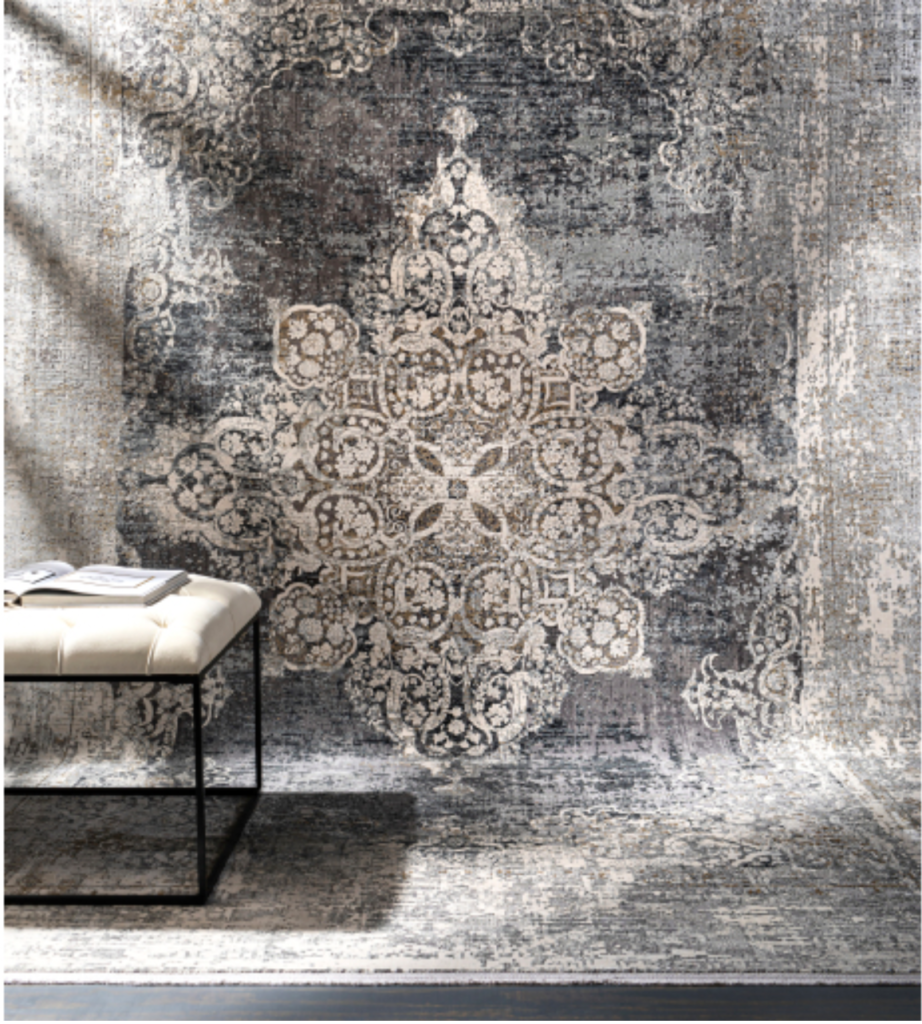
Art or science ?
Look close.
You may see a star or a hexagon. But never at the same time. Much like the classic eye-trick drawing of the Old Crone, or you will only see the Young Fair Maiden.
A true arabesques is meant to keep the eye busy.
Pleasing, and mathematical , it is often used as meditation tool. It creates a sense of rhythm, or calm within the pattern. The linear lines, scroll and tendril type shapes lead to other patterns that produce endless ornamental results for the eye to follow.
Designed in the 15th century, the pattern was originally seen on the walls of the Vatican. As a form of decoration. It is most often combined with scrolls or other repeat patterns within the Western World.
Arabesques deem to a way to fill those empty void spaces.
The simple circle and square are the most sacred shapes of Islamic art since depiction of animals or people are discouraged. Promoting the knowledge of geometry and mathematics, the Islamic-Arab civilization grasped onto this design. Principles include the square encourage symbolisms of earth, air, fire and water. With all the different geometric shapes available within geometric shapes- from a straight line to a rhombus, the arabesque pattern quickly became the principal design element throughout Middle Eastern civilizations.
It can cover wide areas, as if a fear of empty spaces. On walls, windows, floors, tiles, carpets and ceilings, the arabesque pattern is able to interlace. Its ability to complement itself allows for an arrange of endless interesting combinations . Creating uniquely intricate designs only found in Islamic Art.
The simple shapes and forms of Arabesque had the ability to be used by an early moveable type printing press.
Arabesque is a French term for Italian rolling scrolls or “arabesco” used throughout the Renaissance age for continuous carved or ornamental plaster. Many early printers realized they could apply the design too. With its easy way to run off a page or never end, printers found adding the ornamentation to end papers or covers. Since it had no real connection to the text or or print, they found they could use the design over on several different text editions.
The Arts and Craft movement.
As resistance to the 1900 century industrial machinery and factories, rich decor and the arabesque returned. At the time, the thought was any ornamentation should be secondary to the object it decorated. Cheap labor, capitalism created the loss of traditionally made crafts. This left many items plain or level.
The arabesque’s popularity was brought back by the Arts and Craft movement and designer William Morris. His thought was to “wage war” against the industrial age. Cheaper items made by machinery were considered “altogether evil” and lacked the true society of luxury.
Believing a craftsman should be allowed to take pleasure in their work, Morris encouraged designing crafts, furniture and rich interiors by hand. Using bold medieval patterns and embellishments, his followers, hoped to master the machine. Newer designers welcomed it. They believed that this new industry divided laborers from their craft. These modern craftsman promoted that every stage of design should be carried out by an artist or a designer. This created opportunity for commercially produced decorative objects, and high quality furnishings for every part of the home.
Some the most lasting visible arabesque today, in our modern Western world, is seen through these influenced artist and architects. On fireplaces, staircases, and tiles, you will see the arabesque design. And the contributions to keep craftsmanship alive. In today’s modern world, again it has gained popularity, through the use of wallpapers, drapery and upholstered furnishings.

